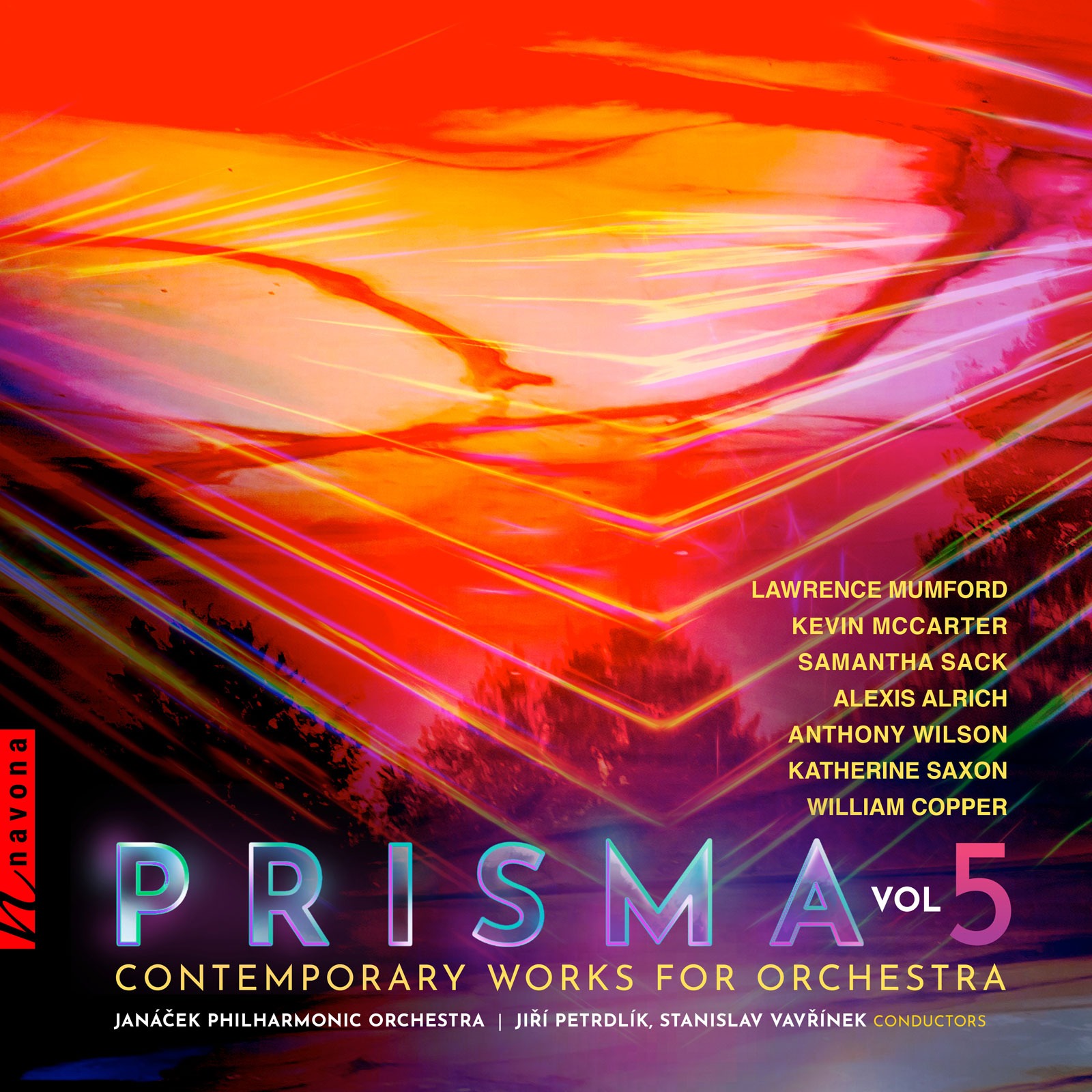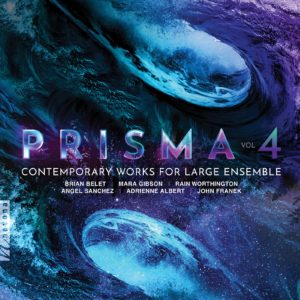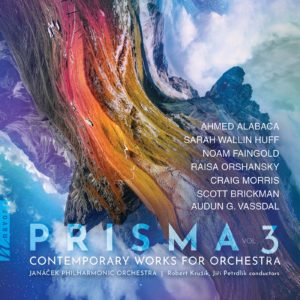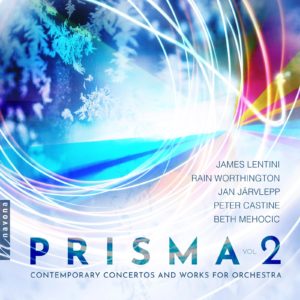Prisma Vol. 5
Lawrence Mumford composer
Kevin Mccarter composer
Samantha Sack composer
Alexis Alrich composer
Anthony Wilson composer
Katherine Saxon composer
William Copper composer
Janáček Philharmonic Orchestra | Jiří Petrdlík, Stanislav Vavřínek – conductors
Navona Records’ acclaimed PRISMA series continues with a fifth installment, again showcasing the Janáček Philharmonic Orchestra’s riveting take on contemporary composition. With a focus on innovation and imaginative performance, the orchestra brings a breath of fresh air to a repertoire that’s all-too-often dominated by mainstream works.
United by their accessibility and creative vision, PRISMA VOL. 5’s roster of composers—Alexis Alrich, William Copper, Kevin McCarter, Lawrence R. Mumford, Samantha Sack, Katherine Saxon, and Anthony Wilson—take advantage of the orchestra’s ability to lend music an illustrative and narrative quality. Listeners travel through times and seasons, reconnect with the trust of intimacy, and explore natural wonders as the players weave an aural tapestry that’s as complex as it is original.
Listen
"there’s much complexity to be absorbed, but it’s all laid out with an inviting and universally embraceable originality"
Performance Video
Alexis Alrich – Bell and Drum Tower | Janáček Philharmonic Orchestra
Track Listing & Credits
| # | Title | Composer | Performer | |
|---|---|---|---|---|
| 01 | Symphony No. 4: I. Adagio "Of Times and Seasons" | Lawrence Mumford | Janáček Philharmonic Ostrava | Stanislav Vavřínek, conductor | 10:14 |
| 02 | All Along | Kevin McCarter | Janáček Philharmonic Ostrava | Stanislav Vavřínek, conductor | 6:42 |
| 03 | A Kiss in the Dark | Samantha Sack | Janáček Philharmonic Ostrava | Jiří Petrdlík, conductor | 4:23 |
| 04 | Bell and Drum Tower | Alexis Alrich | Janáček Philharmonic Ostrava | Jiří Petrdlík, conductor | 13:39 |
| 05 | 3 Flights of the Condor | Anthony Wilson | Janáček Philharmonic Ostrava | Jiří Petrdlík, conductor | 11:11 |
| 06 | Nunatak | Katherine Saxon | Janáček Philharmonic Ostrava | Stanislav Vavřínek, conductor | 6:14 |
| 07 | This Full Bowl of Roses, Pt. 3 | William Copper | Janáček Philharmonic Ostrava | Stanislav Vavřínek, conductor | 7:14 |
Recorded February 11, 13, June 9-10, August 18, September 23, 2020 at Dům Kultury města Ostravy (The Ostrava House of Culture) in Ostrava Czech Republic
Session Producer Jan Košulič
Session Engineer Aleš Dvořák
Assistant Session Engineer (1, 3, 5) Jana Jelínková
Executive Producer Bob Lord
Executive A&R Sam Renshaw
A&R Director Brandon MacNeil
A&R Mike Juozokas, Jacob Smith, Quinton Blue
VP, Audio Production Jeff LeRoy
General Manager of Audio & Sessions, Editing & Mixing (3-5) Jan Košulič
Audio Director, Editing & Mixing (1, 2, 6, 7) Lucas Paquette
Recording Sessions Director Levi Brown
Mastering Shaun Michaud
VP, Design & Marketing Brett Picknell
Art Director Ryan Harrison
Design Edward A. Fleming
Publicity Patrick Niland, Sara Warner
Artist Information

Lawrence Mumford
Lawrence Mumford's music, published by eight different companies, has premiered in cities across the country. Movements from his Symphony No. 4 have recently become a part of the broadcast libraries of the largest classical radio stations in Boston, Washington DC, Cleveland, Los Angeles, San Francisco, and other cities, and have been played repeatedly — even being included in two stations’ “Ultimate Playlist.” This music is also available on major streaming services including Spotify, Amazon Music, and Apple Music.
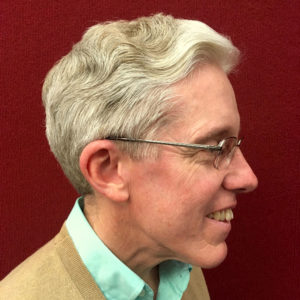
Kevin McCarter
Kevin McCarter writes music for chamber groups, solo performers, choral ensembles, and orchestras. His music has been performed in a variety of venues. The Chicago Chamber Orchestra gave the premiere of Opening Ideas at the Chicago Cultural Center. The Manhattan Choral Ensemble commissioned As the Earth Brings Forth Her Bud for a spring performance on the Columbia University campus.
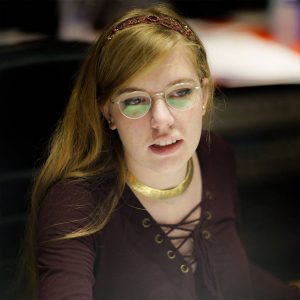
Samantha Sack
Since beginning her musical career as a cellist, Samantha Sack has been exploring the full range of musical expressions. Performing was only the beginning of her journey, as she quickly understood the greatest expression of music was creation. After receiving private composition lessons with Mara Gibson in secondary school, Samantha entered Missouri State University under the John Prescott Composition Scholarship and the Claude T. Smith Composition Scholarship. Graduating with a Bachelor of Music Composition further led her to Dublin, Ireland, to earn a Master of Arts in Scoring for Film and Visual Media from Dublin Institute of Technology.
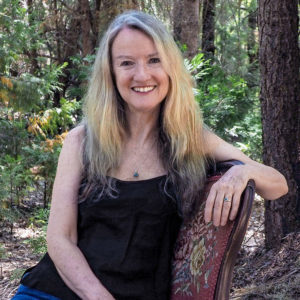
Alexis Alrich
Alexis Alrich started piano lessons at age eight with a rare teacher who encouraged her to start music composition at the same time. Her studies continued at the New England Conservatory of Music, California Institute of the Arts, and with Lou Harrison at Mills College in California. Harrison was a key mentor, and Alrich’s music is also influenced by West Coast Minimalism, French Impressionism, Asian music, and American roots music. Her compositional style is tonal and melodic, using lively rhythms and colorful timbres to weave a musical narrative.
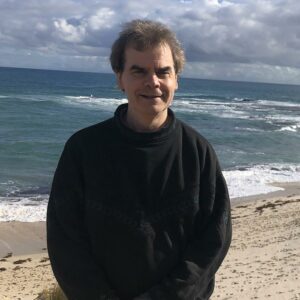
Anthony Wilson
Anthony Wilson (b. 1962) developed a strong interest in music from an early age. He spent many hours at the piano as a child, experimenting with various combinations of sound. His parents’ record player also provided the wonderful experience of being able to enjoy both the world of classical music and popular music.
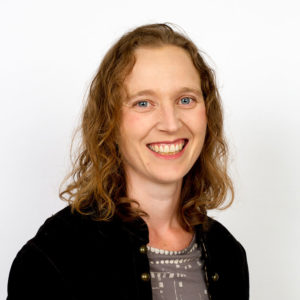
Katherine Saxon
Like many composers, I have a hard time classifying my music. My unconscious influences undoubtedly include the 20th c. Russian composers that I so enjoyed as a young trumpet player, the vocal music of the Middle Ages and Renaissance I discovered when I started singing, and the 20th c. French and American music I came to love in college. That aside, I often draw inspiration from visual sources, including the Pre-Raphaelites, Japanese animation, and abstract expressionism, as well as literary sources, such as poetry and the genres of fantasy and science fiction. I am fascinated with how these art forms make the normal seem strange and the strange seem normal.
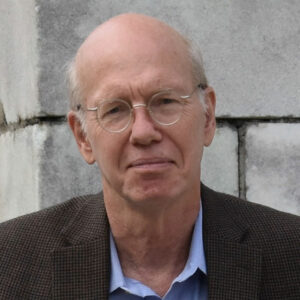
William Copper
William Copper is an American composer of contemporary classical music, a theorist, and the authority on Intonalism, the science of structuring music according to intonation. His music is praised for its beauty, structural integrity, and innovative originality. He has been a life-long supporter and volunteer as Board Member and officer for music and cultural organizations.
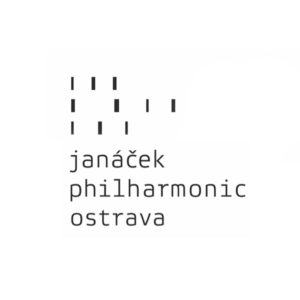
Janáček Philharmonic Ostrava
The Janáček Philharmonic is a world-class symphony orchestra based in Ostrava, Czech Republic and an emerging figure on the international performance scene. With over 100 top-level musicians, the orchestra aims to introduce unique, quality repertoire while showcasing their own recognizable sound.
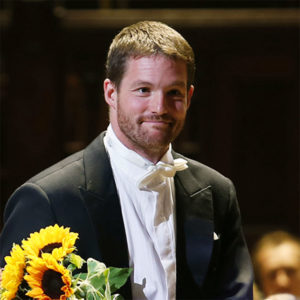
Jiří Petrdlík
Jiří Petrdlík (b. 1977) is appreciated as one of the most respectable conductors of his generation. He studied piano, trombone, and conducting — 1995–2000 at Prague Conservatory, and 2000–2005 at Academy of Performing Arts Prague — with Hynek Farkač, Miroslav Košler, Miriam Němcová, Radomil Eliška, and Tomáš Koutník, and took part in the masterclasses of the New York Philharmonic Principal Conductor Kurt Masur and the BBC Philharmonic Principal Conductor Jiří Bělohlávek. Petrdlík also successfully took part in several competitions, including the Donatella Flick Conductor Competition in London.
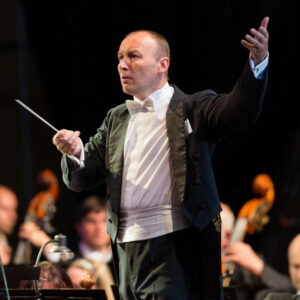
Stanislav Vavřínek
Stanislav Vavřínek is one of the most prominent Czech conductors and has been Chief Conductor of the Czech Chamber Philharmonic Orchestra Pardubice since 2018. Having graduated from the Conservatory in Brno where he studied flute and conducting, he continued his education at the Academy of Performing Arts in Prague. Subsequently, he also took master classes with Roberto Benzi in Switzerland, culminating with a concert in which he conducted the Biel Philharmonic Orchestra.
